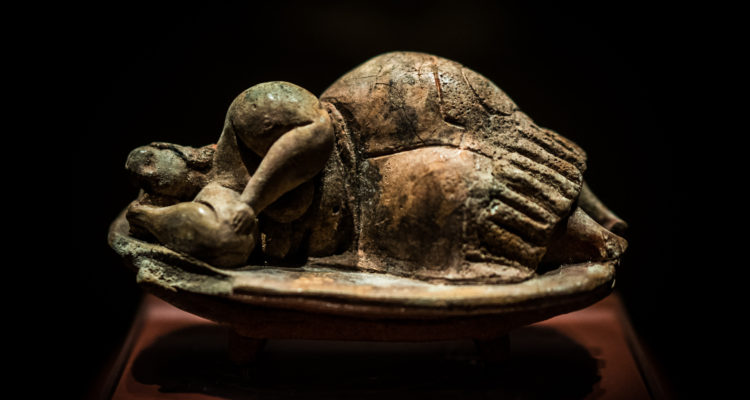
My name is Angele Mallia, and I have the pleasure of working with Cheryl on this amazing project.
Being born and raised on the Rock, I am a patriot and love the Maltese History. I also love our gastronomic inheritance that was a result of all the cultures that were brought to Malta throughout history.
 I have always had a passion for history and tourism. This is why I have achieved a Higher Diploma in Hospitality Management and a BA in Tourism. As a result, I have been working in the tourism sector for the past 11 years. I met Cheryl last September when she came to visit the Rock and we hit it off right away. We mainly bonded on our enthusiasm for Tourism and the History of the Maltese Islands over a couple of Aperol Spritz. The early settlers of Malta have left a long-lasting impact on the island.
I have always had a passion for history and tourism. This is why I have achieved a Higher Diploma in Hospitality Management and a BA in Tourism. As a result, I have been working in the tourism sector for the past 11 years. I met Cheryl last September when she came to visit the Rock and we hit it off right away. We mainly bonded on our enthusiasm for Tourism and the History of the Maltese Islands over a couple of Aperol Spritz. The early settlers of Malta have left a long-lasting impact on the island.
I am looking forward to going on this journey with all of you while I take you on the historical experience of the Maltese Islands as well as making some personal recommendations to make your visit a memorable one!
How did it all begin?
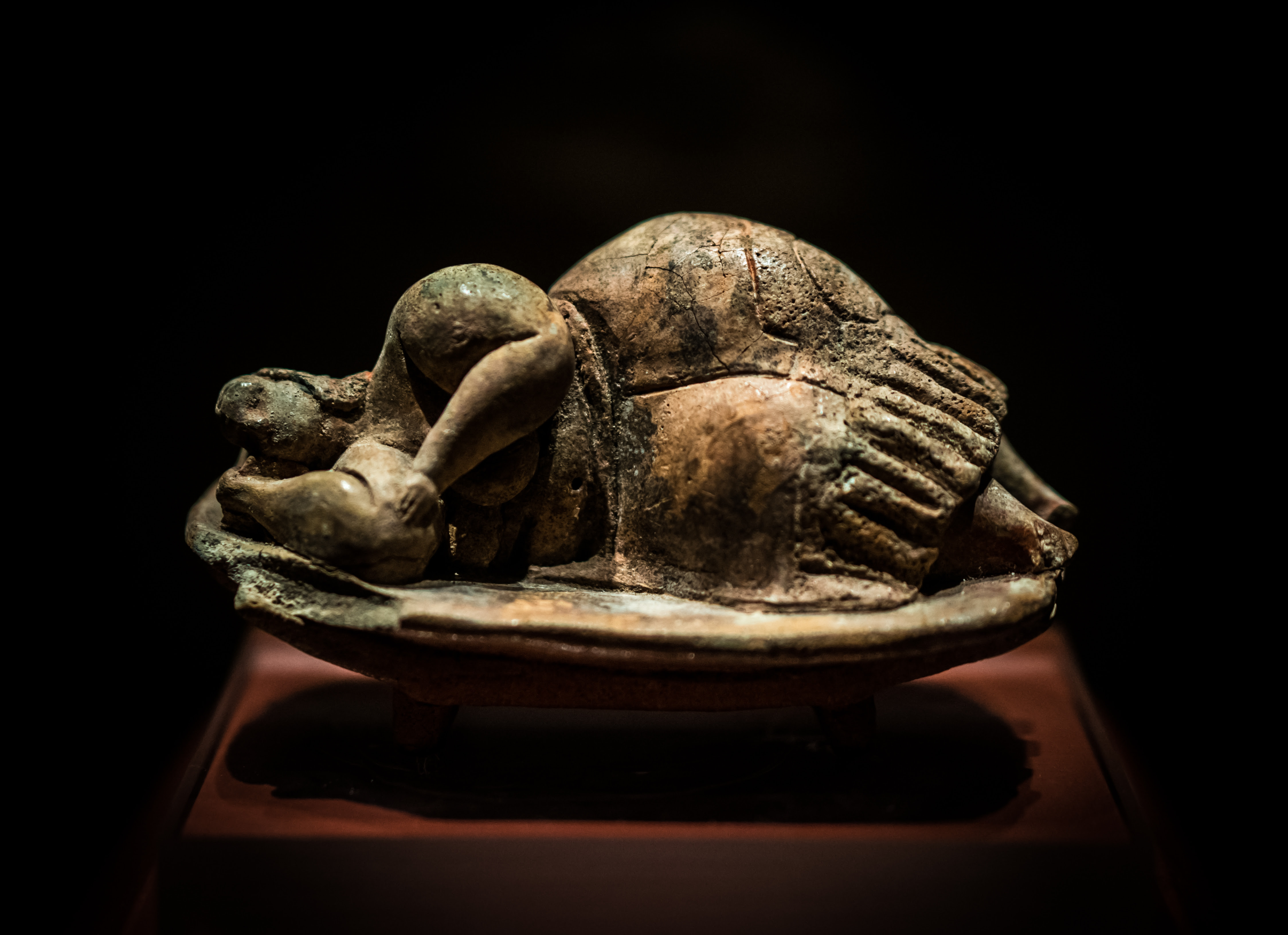
5200BC- Pre History
It is thought that the Maltese Islands were occupied around 5200BC by the “Sicani.” These early settlers were the prehistoric people who came from Sicily using rafts.
Ghar Dalam is one of the caves used by the first settlers, but they quickly started to build Megalithic Temples such as Hagar Qim and Ggantija. The temples in Ggantija, Gozo, are considered the oldest, surviving, free-standing monuments in the world. Due to their age, they predate the Great Pyramid of Cheops in Egypt and Stonehenge in southern Britain by around 1000 years.
“Il- Mara l-Hoxna” (the fat lady) who is also known as the Fertility God was venerated. Later on, some ruins such as knives were found to indicate animal sacrifices were made in the name of “il-mara l-hoxna." The fat lady statues were found in most of the temples. An interesting fact is that there was never a head or a face, just a body!
These settlers of early Malta remained for a while, however history indicates they became extinct and the new inhabitants arrived. With this arrival, they brought the famous “Dolmen” rock ( 2 parallel vertical stones that keep the horizontal stone above steady). They also brought different cultures and trends. These new settlers were called the Bronze Age people!
Suggestions From Angele
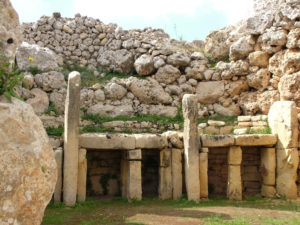 As a Malteser “maltija,” and also a tourist specialist, I would suggest that while enjoying the turquoise water, you should also find some time for a Megalithic Visit.
As a Malteser “maltija,” and also a tourist specialist, I would suggest that while enjoying the turquoise water, you should also find some time for a Megalithic Visit.
Hal Saflieni Hypogeum:
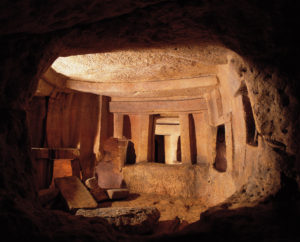 The Hal Saflieni Hypogeum is an outstanding feat of prehistoric engineering. It is a below ground burial site which was first discovered in 1902. Finally, after 11 years, they were able to excavate it. The Hypogeum is the oldest temple in Malta as some remains date back to 4000BC. Furthermore, it is the only underground temple and burial place of its kind in the world.
The Hal Saflieni Hypogeum is an outstanding feat of prehistoric engineering. It is a below ground burial site which was first discovered in 1902. Finally, after 11 years, they were able to excavate it. The Hypogeum is the oldest temple in Malta as some remains date back to 4000BC. Furthermore, it is the only underground temple and burial place of its kind in the world.
Tarxien Temples:
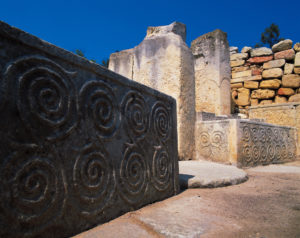 Tarxien Temples consist of 4 megalithic structures erected by settlers of early Malta between 3600BC & 2500BC. In 1913, local farmers uncovered them. These temples are in a very close proximity to the Hypogeum.
Tarxien Temples consist of 4 megalithic structures erected by settlers of early Malta between 3600BC & 2500BC. In 1913, local farmers uncovered them. These temples are in a very close proximity to the Hypogeum.
Skorba:
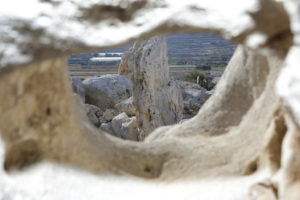 Discovered in the early 60's, Skorba is situated in an amazing location on the outskirts of Imgarr.
Discovered in the early 60's, Skorba is situated in an amazing location on the outskirts of Imgarr.
Want to hear more?
Stay tuned for more information about Malta though MTR channels. You will find blog posts where we will share information about the history of Malta and its people. We will also share things to do and see when you visit and what keeps Malta in the news and why Europeans list Malta in their top 10 vacation destinations. Sign up for the newsletter, so you don't miss information. Follow us on Facebook and Instagram to see beautiful photos shared about The Rock.

